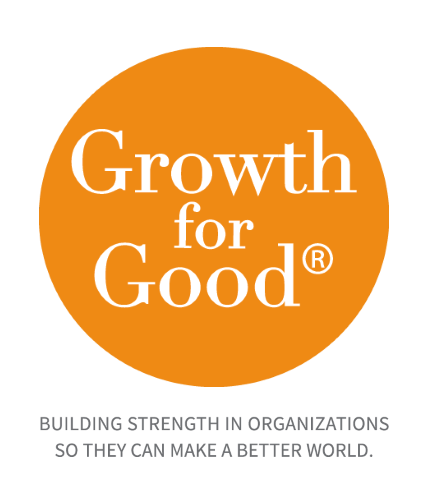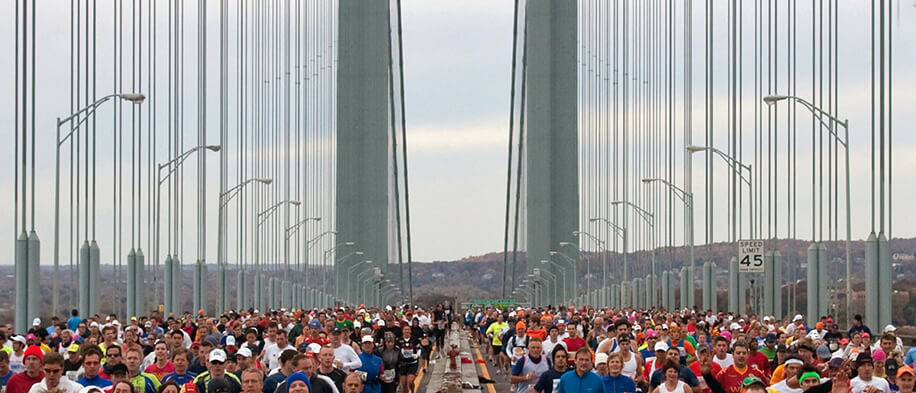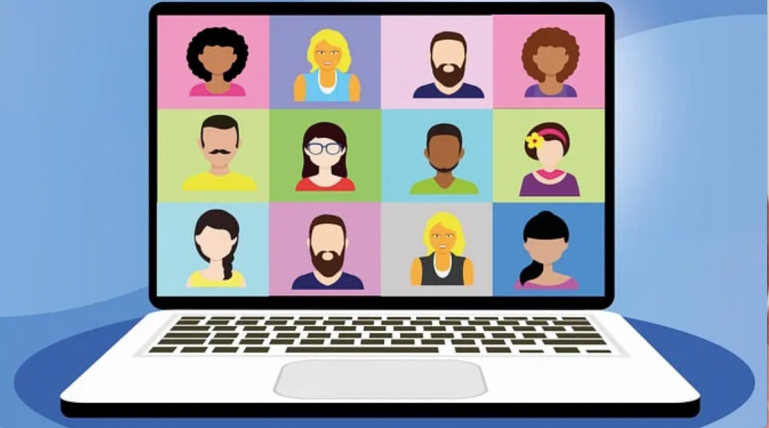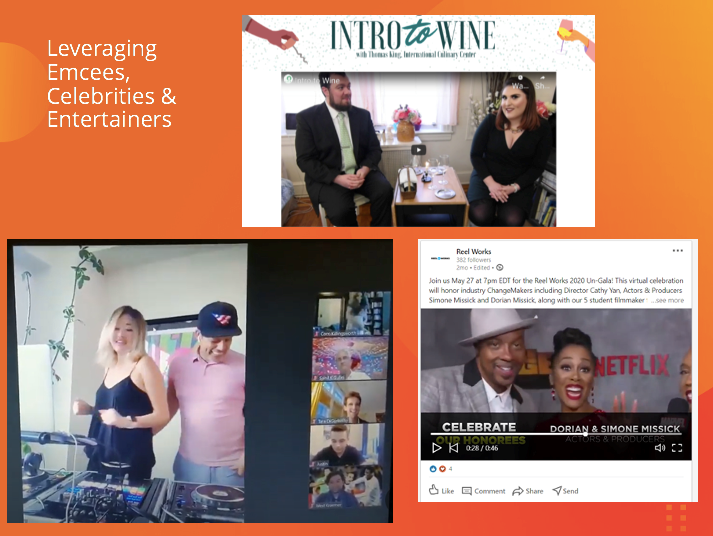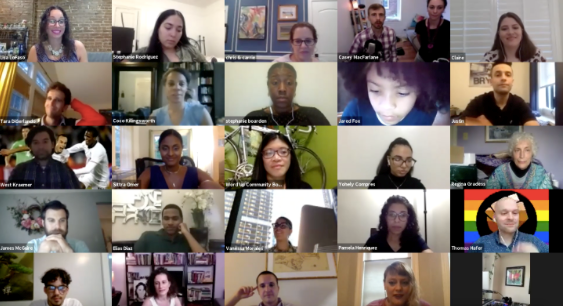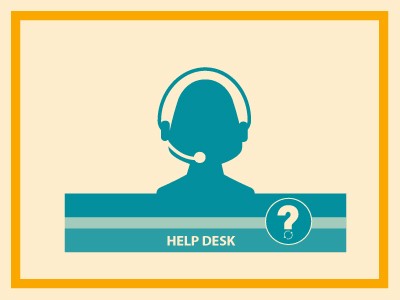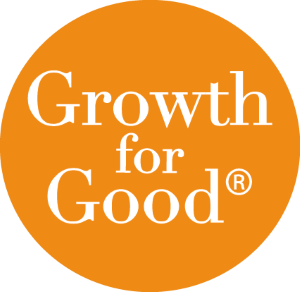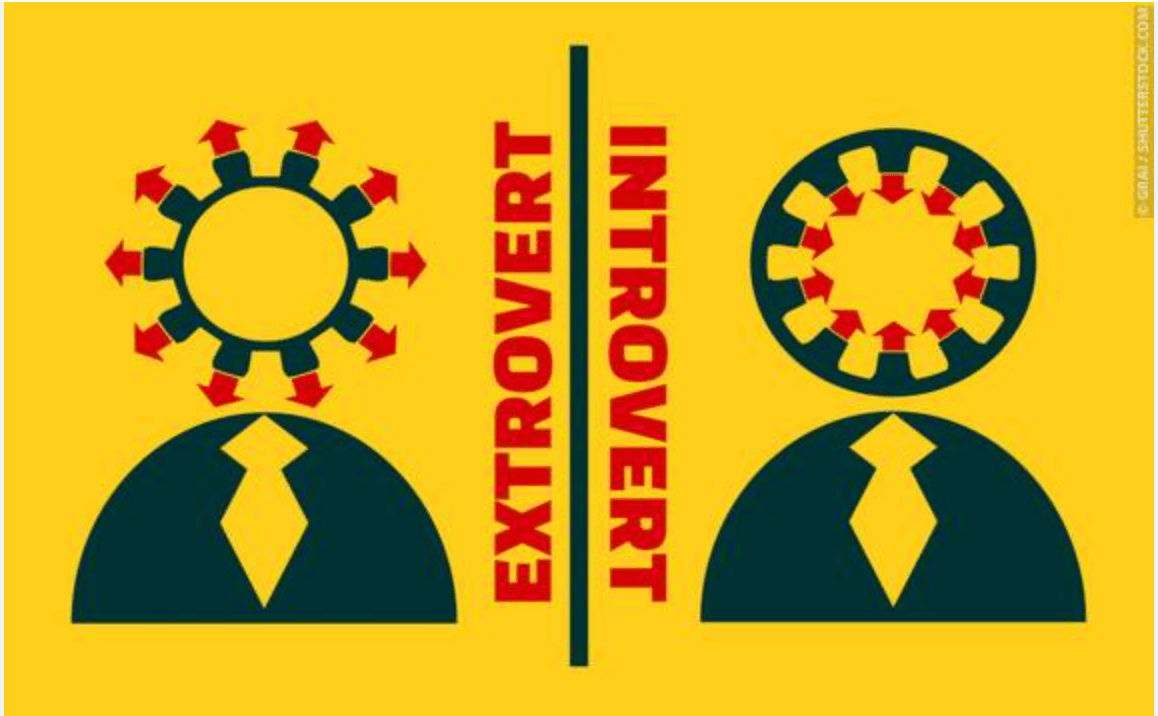Virtual Benefits – Connecting Donors to the Cause and Each Other
We are currently in month four of social distancing with no real end in sight. It seems that for the near future, virtual benefits will be the new paradigm. As we continue to shift to a new way of event production and delivery, donor-centric fundraising continues to be a core strategy. As most nonprofits rely upon fundraising events for some or all of their funding, virtual events are critical to the ongoing effort of supporting their missions.
In his best-selling book, Together, former Surgeon General Vivek H. Murthy, MD, writes, “The universal drive to connect is still alive and well….It surfaces during times of crisis and in unexpected acts of kindness that remind us who we really are.”
Successful fundraising events are by nature places where people come together to feel good about giving, connect, and make a difference. In sum, a successful event connects a donor to a cause and to other people.
At Growth for Good, we have collectively attended dozens of virtual events, and we have produced and are currently producing a dozen more. We stand firm in our belief that the best virtual fundraising events are live events presented over the Internet.
The early versions of virtual fundraising benefits that were prerecorded videos presented on YouTube failed (in our humble opinion). Why? There was no actual human interaction. These events were not donor-centric. And, at these unidirectional events, guests are not joining a community and being seen – real drivers for traditional live events.
Our model of a live virtual event is a mix of live and prerecorded elements, all presented on a series of temporary event-specific web pages. While the stage may be different, the fundraising is driven by many of the same strategies that successful traditional live events depend upon.
Unlike traditional events, in which guests watch a speaker on a stage while sitting next to a friend with a glass of wine in their hand, most virtual event attendees will participate in the experience with family or alone, on their home computer screen or phone screen. Creating a way for folks to engage that is appropriate/native to the medium is of paramount importance. And, this donor interactivity must be planned through intentional strategies. Some of these strategies can start in the days leading up to the event. And for a while, this virtual event world will be the only way to bring people together to collectively support a mission, honoree, organization, etc.
This brings us to one of our silver bullets, the Zoom Room – the best place to present the evening’s live elements and create a collective experience. We affectionately call our Zoom Rooms “the room where it happens.”
How do you make the Zoom Room work? How can you manage the “controlled chaos” for a great outcome? These are essential questions. We do not leave it up to chance to choreograph real human connection. It takes intentional strategies. Here are a few of our tactics for curating a good Zoom Room experience:
- Plan for an emcee and two hosts who work from a flexible script to keep the program moving
- Plan for a series of technical co-hosts who manage the Zoom technology in real time
- Develop a flexible script and run-of-show (we do not want it to be over-scripted!)
- Rehearse these elements several days in advance of the evening; test the Zoom technology and interactivity days in advance
- Send a care package with branded swag to wear in advance (builds loyalty during and after the event)
- Include fun props in the swag box, or encourage participants to transform everyday household items into props to hold up during the Zoom call
- Plant some board members or guests with preplanned questions, toasts, and comments as points of interaction to get the party started
- Integrate joyful music
- Consider designing event-branded digital backgrounds that are fun (hey, it’s a party!)
- Incorporate short video presentations to introduce honorees, entertainers, leadership staff, or to share the mission
- Plan for multiple Zoom Rooms to accomplish different objectives – e.g., rooms for each honoree, rooms for performers, and rooms to moderate meet and greets
- Staff the CHAT to personally welcome guests as they arrive, invite/encourage everyone to participate, direct the program, and thank donors for their pledges
- Prevent Zoom bombers by using the built-in “waiting room” feature, allowing control over room attendees
- Use Chyron text, video, and/or speakers to encourage guests to engage more fully: explore our site, follow on Facebook, volunteer, donate, etc.
- Incorporate a text to give platform
- Create a Zoom Room help desk – continuously staffed throughout the evening.
While we don’t mean to sound like a Zoom infomercial, we see Zoom work really well at a great price point. Google Analytics from our events confirm what we learn anecdotally – attendance at the live portion, presented in the Zoom Room, eclipses the prerecorded portions. We are seeing many more people in the Zoom Room than on the rest of the site.
So far, our produced virtual events have exceeded fundraising goals. All of our nonprofit event clients have acquired a substantial number of new donors. Several have successfully attracted the participation of new institutional donors. And, 100% have gotten great reviews by the guests.
Why is it that these rooms have worked? The answer is what every good fundraiser already innately knows. People give to people. People want to connect with people. All fundraising must be donor-centric to be successful. Focus on people as you plan your live virtual event!
“Growth for Good worked with us every step of the way to design and lead an innovative, dynamic and truly engaging virtual event. We created a multi-dimensional event website that wowed all who joined! Growth for Good helped us to assemble a team of talented folks who supported event coordination, web design, graphic design and even an auctioneer. Growth for Good provided critical capacity-building support and hands-on virtual event expertise that enabled us to lead an event with impact. We exceeded our fundraising goal and expanded our donor base. It was an authentic celebration of our community, especially valuable in these challenging times.” – Molly Delano, executive director – Friends of Wheels
Recent Posts
Subscribe to Our Newsletter
* These fields are required.
Contact Us
500 Summit Avenue
Maplewood, NJ 07040
P: 973-762-7645
E: contact@growthforgood.com
